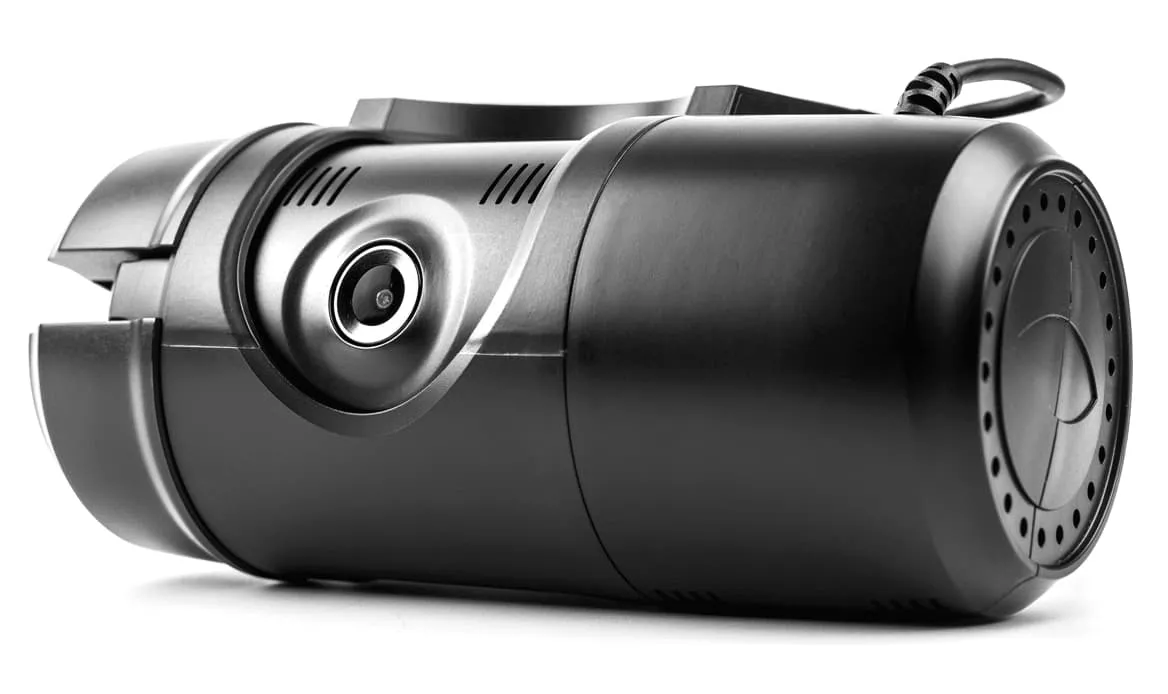Executives from Veolia Transportation's On-Demand Division, whose SuperShuttle, Compass and Golden Touch franchised brands provide consumer and specialised transport services, and SmartDrive Systems, a leader in fleet safety and operational efficiency, have announced Veolia's purchase of SmartDrive safety and eco-driving technology for the division's 1,631 vans and buses throughout the US.
April 23, 2012
Read time: 2 mins
RSSExecutives from 4432 Veolia Transportation's On-Demand Division, whose SuperShuttle, Compass and Golden Touch franchised brands provide consumer and specialised transport services, and 639 SmartDrive Systems, a leader in fleet safety and operational efficiency, have announced Veolia's purchase of SmartDrive safety and eco-driving technology for the division's 1,631 vans and buses throughout the US.
SmartDrive uses video, audio and ECU-connected vehicle data sensors to detect and record risky driving manoeuvres, such as sudden stops, hard cornering, aggressive acceleration, and excessive speed. After expert review and analysis, SmartDrive delivers recommendations so fleets can respond quickly to reduce risky driving and collisions.
The SmartDrive recorder system also enables drivers to instantly recognize fuel-wasting maneuvers with in-cab instant driver feedback, saving significant fuel and reducing carbon emissions. Because the SmartRecorder is connected to the vehicle engine computer, it's possible to measure actual improvement in fuel savings rather than simply providing estimated savings.
Veolia Transportation's On-Demand services are franchisee owned and operated, which includes SuperShuttle, the premier shared-ride airport transportation service in the United States; Compass Transportation, which provides commuter and tour bus services in the San Francisco Bay area; and Golden Touch Transportation, which provides shuttle services in the New York Metro area.
"At VTOD, we are committed to supporting our franchisees with the tools and technology they need to operate safely and profitably. Collectively, our brands provide mobility solutions to over 20 million passengers a year, and the first priority is getting those passengers to their destination safely and on time," said Ken Hatch, VP of safety for Veolia Transportation's On-Demand Division.
SmartDrive uses video, audio and ECU-connected vehicle data sensors to detect and record risky driving manoeuvres, such as sudden stops, hard cornering, aggressive acceleration, and excessive speed. After expert review and analysis, SmartDrive delivers recommendations so fleets can respond quickly to reduce risky driving and collisions.
The SmartDrive recorder system also enables drivers to instantly recognize fuel-wasting maneuvers with in-cab instant driver feedback, saving significant fuel and reducing carbon emissions. Because the SmartRecorder is connected to the vehicle engine computer, it's possible to measure actual improvement in fuel savings rather than simply providing estimated savings.
Veolia Transportation's On-Demand services are franchisee owned and operated, which includes SuperShuttle, the premier shared-ride airport transportation service in the United States; Compass Transportation, which provides commuter and tour bus services in the San Francisco Bay area; and Golden Touch Transportation, which provides shuttle services in the New York Metro area.
"At VTOD, we are committed to supporting our franchisees with the tools and technology they need to operate safely and profitably. Collectively, our brands provide mobility solutions to over 20 million passengers a year, and the first priority is getting those passengers to their destination safely and on time," said Ken Hatch, VP of safety for Veolia Transportation's On-Demand Division.








